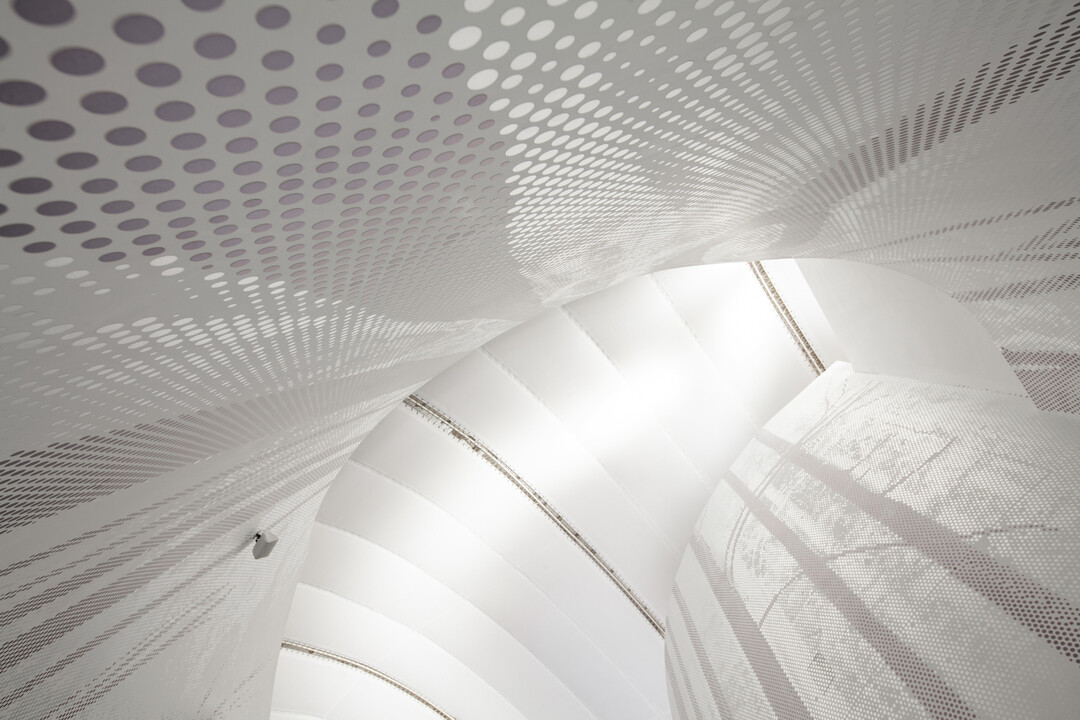
Members Only
Please join as a member and click "Members Only" to read more complete articles and exclusive content.

Please join as a member and click "Members Only" to read more complete articles and exclusive content.
住宅/茗明居所
形於內,必行於外。
茶,如是。人,如是。空間,亦如是。
明朝是品茶文化發展最盛時期,在當時,文人雅士多到茶寮共聚,釀泡茶湯,品茗、享茶,吟詩作對抒發心境是為雅興。而在台灣,人們亦時常向朋友說句:「有閒來泡茶」,意味著品茶凝聚人們的一種文化風情。居住者在故鄉嘉義便有著泡茶的習慣,朋友常來家裡圍著實木桌喝茶談天,也有收藏茶的習慣,以此為出發點,空間設計藉由明代茶寮的空間型態、材質,結合現代家庭的生活習慣而成。家庭的核心以茶/餐桌為主軸,退縮客廳空間比例為次要,一反常見格局,目的是聚集家人共同在餐廳互動、聊天、工作,動線上開放銜接廚房中島,如此一來,無論泡茶或做菜時都能自然而然地銜接,連同玄關入門的動線,也是透過弧形直覺性地引導至餐廳。
餐廳作為核心,其中家具皆有其活動性,呼應丹麥VIPP廚具所設定的初衷亦是可活動的廚具概念,四人餐桌的桌面可延長至八人,輕盈桌腳搭配同樣性質椅腳隨時變換、移動,藉此展現了家空間的靈活性,並與中島呈現輕重平衡。
空間中的弧形都是順應動線需求,引導進出的途徑。牆面上的材質,則是參考明代茶寮使用土去夯實的作法,以米色塗料的特性呈現土的不均勻感,淺色的地坪也與黑色家具之間形成對比,放上黑色石材營造反差,牆面與地坪的無縫銜接讓空間視為一體成型,唯在客廳區域以木地板呈現溫潤,並延伸到陽台,以黑色木地板和松樹打造城市中的文人茶室,清謐而悠閒。光影在空間裡從塗料到木地板呈現可閱讀的細膩,牆上格子木窗在茶寮中象徵著裡外穿透的介質,在這裏連接了戶外,篩濾室內光景,以設計造型呼應屋主愛茶、飲茶的生活儀式,此外,也透過造型解決家庭收納的需求,女兒房裡運用架高臥榻隱藏許多儲藏空間,屋主向來既有如此地板上掀式的貯藏習慣,且小女兒還在玩遊戲的階段,單純的床墊與加大臥榻便能跳脫制式成為她的孩提天堂。